Guest contribution
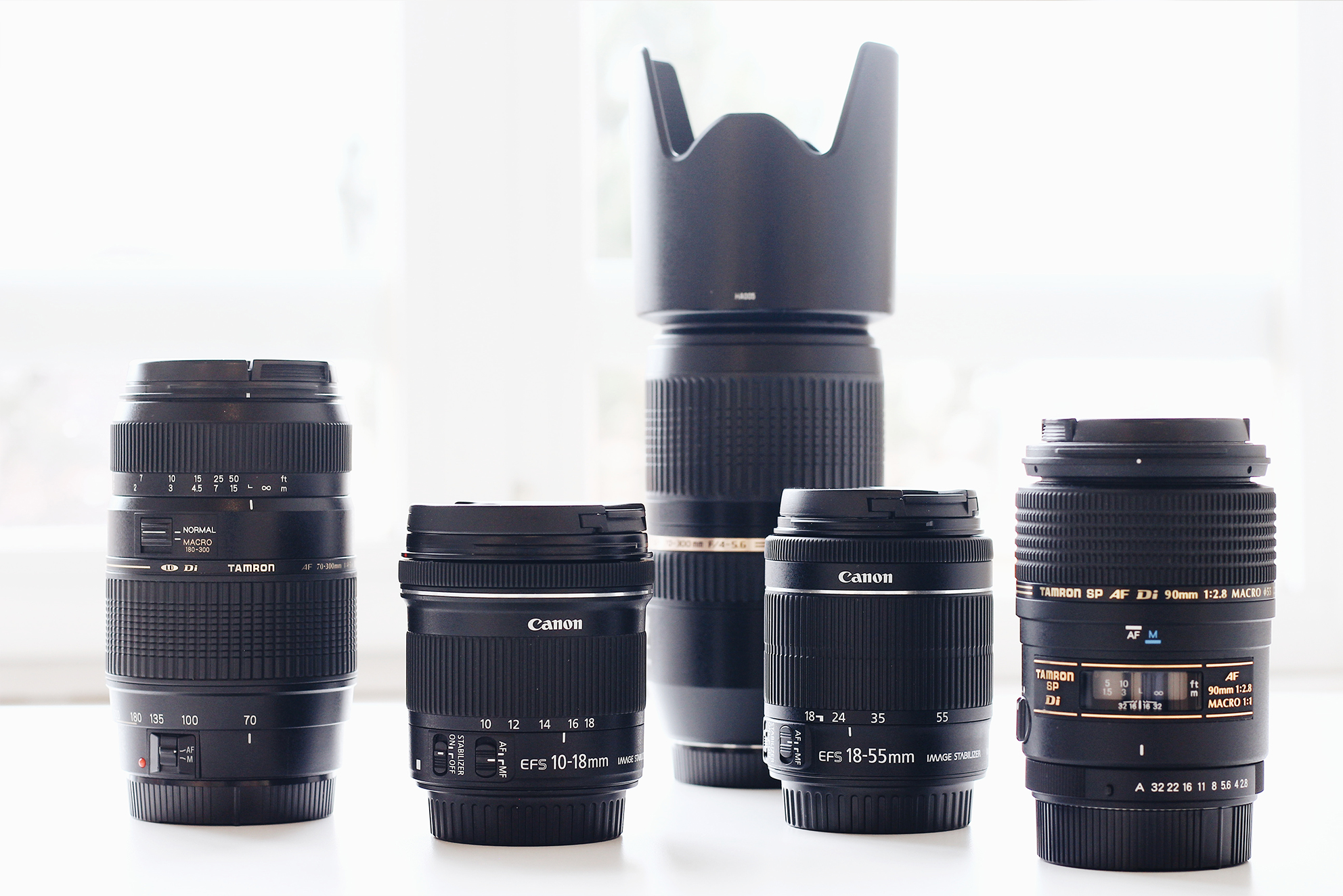
How can I find the most suitable lens for my DSLR?
A good lens is vital if the photo is to turn out well. The lens also determines the look and quality of the photos. It is a light-gathering optical system for the camera that produces an exact copy of a motif. When it comes to selecting the most suitable lens, there are two prime criteria of importance in addition to the actual purpose that should be taken into consideration when purchasing: focal length and aperture.
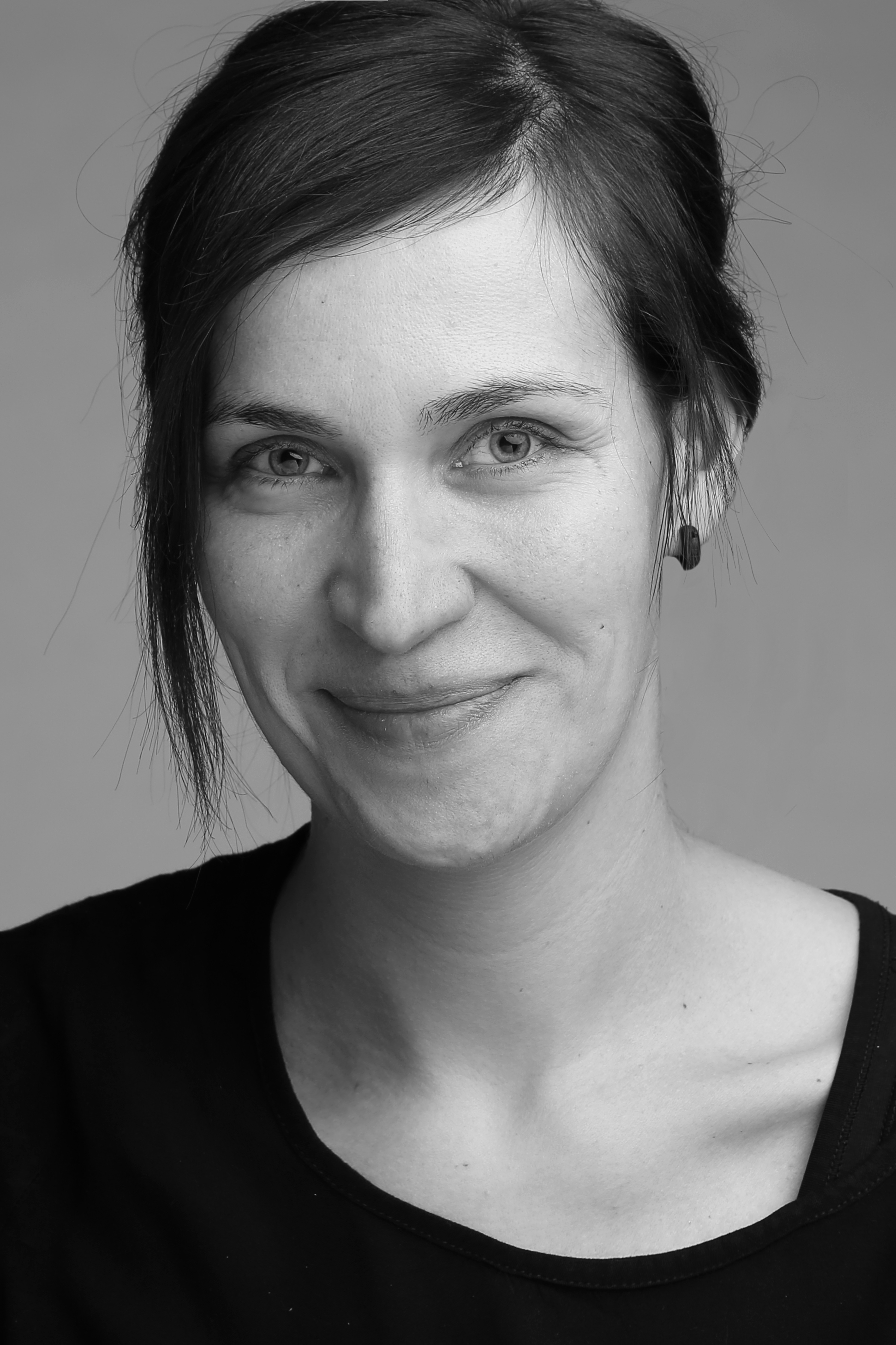
Grit Hiersemann (Professional Photographer Jena/Germany) recommends: “When purchasing a single-lens reflex camera, attention should be paid to which brand is chosen. While the majority of the technology is integrated more in the camera housing in the case of Nikon, in Canon cameras the same type of technology is contained in the lens. Attention also needs to be paid to the fact that not every lens fits onto every camera; certain connections are brand-specific.”
Two primary criteria when it comes to choosing the most suitable lens
The focal length
When choosing a lens, the decision has to be made between a fixed focal length and a lens that can zoom.
The advantage offered by fixed focal length lenses is that they are more compact in design, while the zoom lens is more flexible in use. Particularly those travelling who would like to be prepared for every eventuality are best served with this piece of equipment. A zoom lens is also the best choice for amateur photographers who do not want to invest in a number of different lenses. Even though the flexibility of a fixed focal length lens is less, the pay-off is that these lenses produce sharper and more brilliant photographs.
The focal length is a defined and unchangeable property of the lens. The different sensor sizes in the cameras provide the so-called crop factor. Depending on the size of the sensor, the detail of the photograph taken changes even when the same lens is used. The photo sensor of many common digital single-lens reflex cameras in APS-C format is smaller than the small-photo format 24 mm x 36 mm (full format) by a factor of 1.5 (Canon) to 1.6 (Nikon). This has the result that a lens with a 50 mm focal length on an APS-C camera produces similar results compared to a lens with an 80 mm focal length on a full-format camera. In practice, however, this is of less relevance for hobby photographers because the crop factor is only of significance in a small-photograph format and it ultimately depends on what experiences someone has had with their own camera.
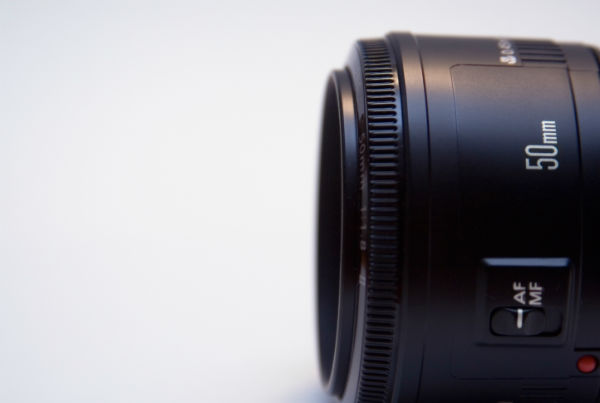
The Aperture
With the help of the aperture, with which the range of the lens is regulated, the amount of light that should be allowed to go through the opening in the lens is determined.
The ratio of focal length to the width of the aperture opening is described as the exposure time, which is labelled either 1/x or f/x. The larger the number x under the fraction line when calculating the exposure, the less light passes through the aperture to the sensor. This is often called shooting with a closed aperture. If the value of x under the fraction line is smaller, then the exposure time is longer. In this case, the aperture is more open so that more light can hit the camera’s sensor.
Another term that’s often used instead of exposure time is “f-number”. The f-number is the individual value “x” without the fraction. If the term f-number is being used, the previously mentioned rules are reversed. A large f-number translates to shooting with a closed aperture and a small f-number means shooting with an open aperture.
The aperture doesn’t only regulate the amount of light that hits the camera sensor, but also the amount of space that appears sharp in the photo. When using a longer exposure time, such as f/1.8, the amount of area depicted sharply is smaller and there will be a lot of blurriness in the background. If the photo should appear uniformly sharp, then a shorter exposure time such as f/16 is necessary.
When you compare the maximum opening of the lens with the focal length, you end up with the lens speed, which is a sign of the quality of the lens.
Five types of camera lenses

Wide-angle lenses for sensational panorama photos
Wide-angle lenses are available in various sizes as well as with or without a lens shade. But there is one thing that they can all do: they can all take fantastic photographs without there being a lack of space. Particularly in the case of landscape photographs, architecture photos, group photographs, and photographs taken indoors, the wide-angle lens is advantageous for the photographer. The interplay between various lenses translates into a shorter focal length and a large depth of field despite the large aperture opening. This can be used as a design medium, for example in order to emphasise the foreground with the effect that the background appears very far away. The combination of these effects with the large angle of view results in fantastic panorama photographs being taken.
- Focal length: Wide-angle under 50 mm, ultra wide-angle under 20 mm
- Depth of field: Large, even when using a lower f-number
- Suitable for: Large image sections, panorama photographs, landscape photographs, or real-estate photography
Tip: The camera should be held as level as possible, thus it’s recommended to use a stand or tripod.
Pro: Produces large photograph sections with a large depth of field.
Cons: Motifs located outside of the middle of the photograph appear more significantly distorted compared to a standard focal length of 50 mm; not suitable when taking portrait photographs.
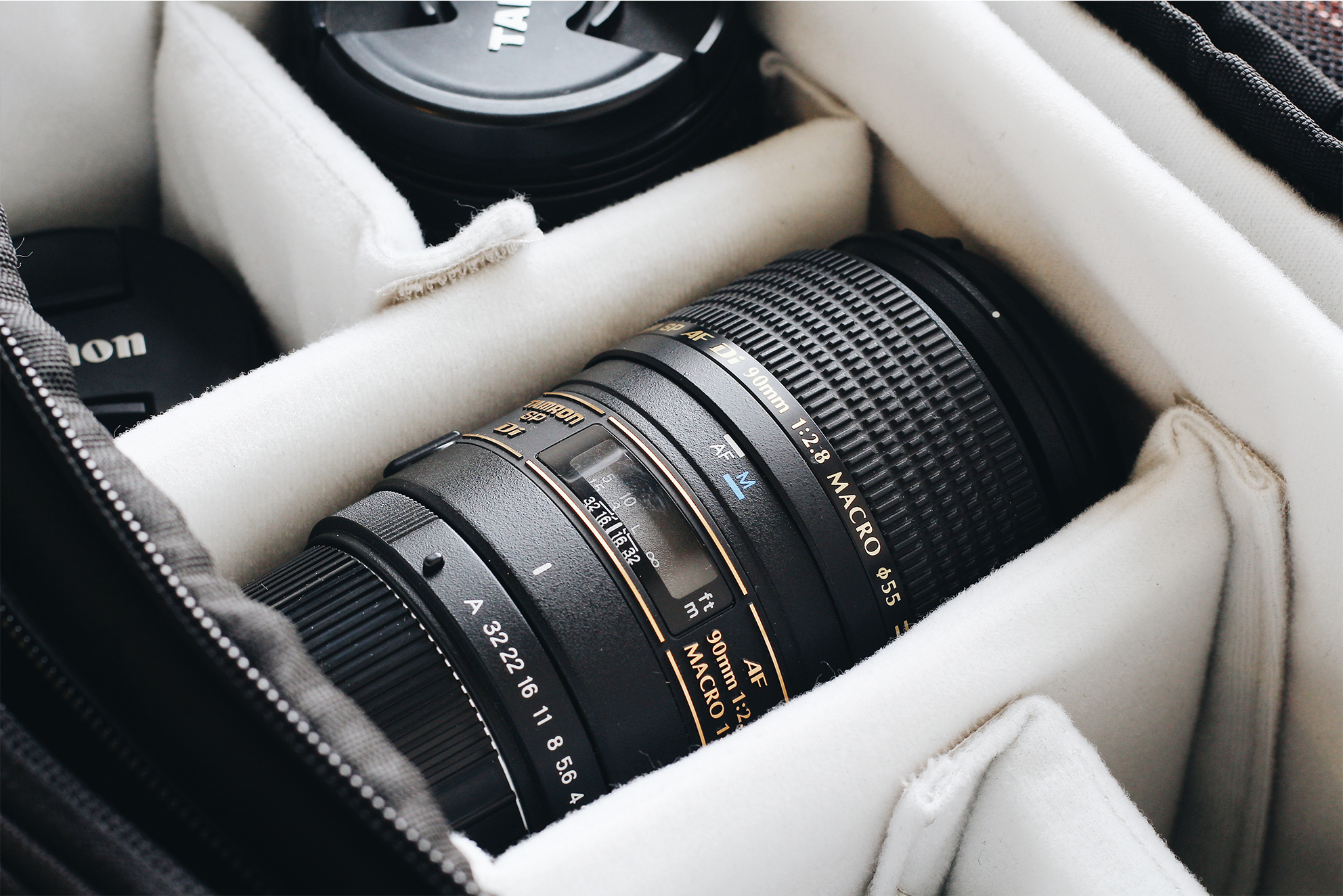
A macro lens for successful close-up photographs
If the photographer would like to photograph food, flowers, small animals or insects, a macro lens is most suitable. With a magnification of 1:2 or 1:1, fascinating close-up photographs are possible. Even though such macro lenses are comparatively a little heavier, such lenses are recommendable for nature photographers. It is ultimately the case that those who photograph with a macro lens find it difficult to go back to not using one.
For those who seldom have to do with macro photography, it doesn’t make any sense for them to invest in expensive extra lenses because with a close-up lens, a reversal ring or an extension tube, standard lenses can be tuned in order to take macro photographs.
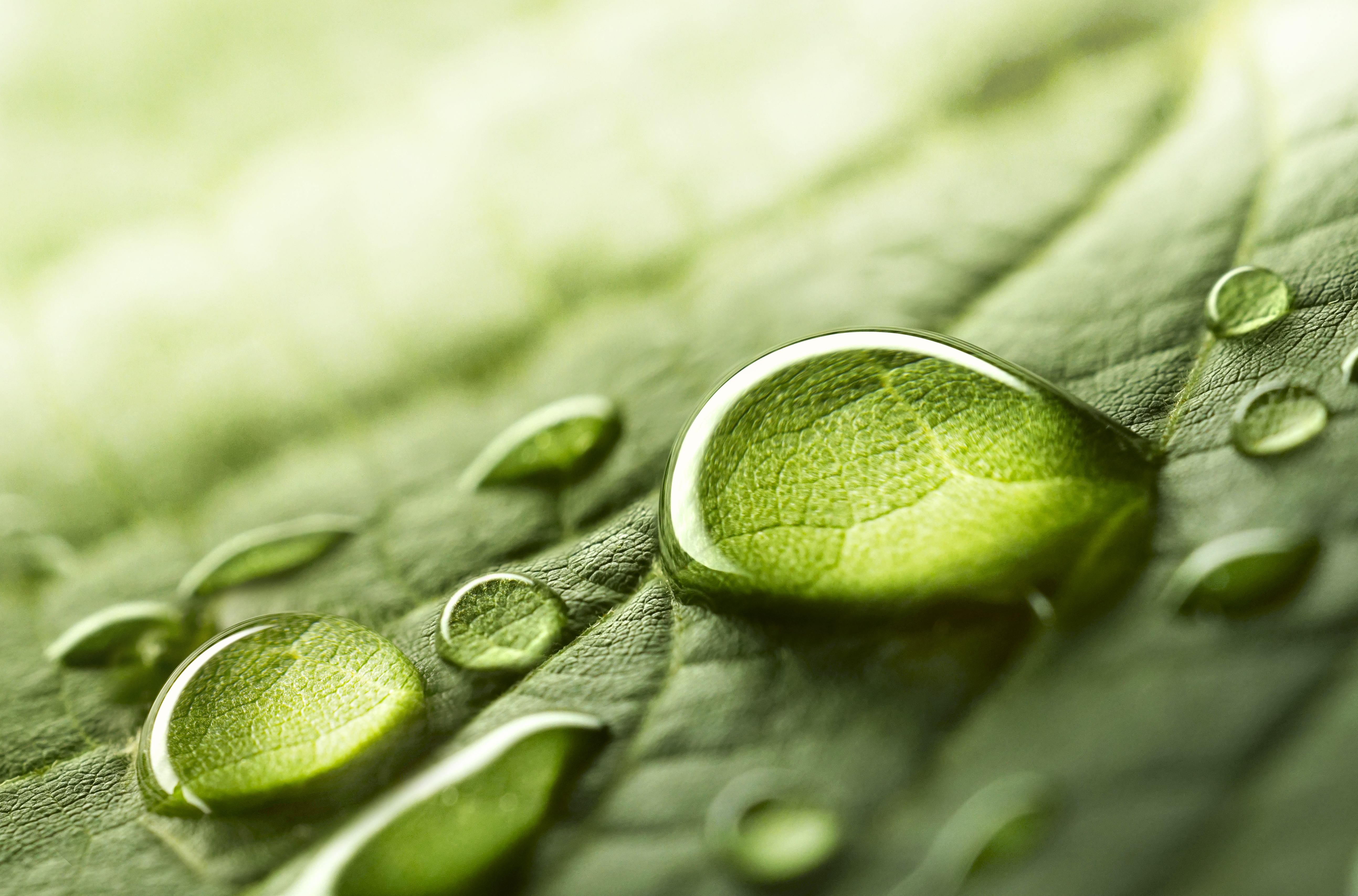
Grit Hiersemann recommends: “If you want to save a little bit of money, but still want to photograph an ant or a bee on a flower, you don’t have to spend a lot of money on a macro lens. You can buy extension tubes instead. You can buy a set of three for a relatively low price when compared to the effect achieved. You screw these between your existing lenses and the camera and this creates the exact same effect as with a macro lens.”
Due to the fact that the exposure time with macro lenses is longer than is the case with other lenses and small animals tend to run away before you have taken the photograph, it is also possible to choose a tele macro lens. Telephoto lenses include any lens with a focal length longer than 50 mm. When using a lens with a focal length of 100 mm, it’s possible to keep more distance between yourself and your motif without sacrificing image properties.
- Focal length: 60-100 mm
- Depth of field: Low when using a lower f-number
- Suitable for: Nature photographs, plant photographs, insect photographs
Tip: Always heed the closest focusing distance given by the lens. This value tells you the minimum distance necessary between the object being photographed and the lens.
Pros: Offers the best imaging properties in the close-up range. Motifs can be better isolated.
Cons: The lenses have a limited lens speed and sharp photos are usually only possible when photographing from a limited distance from the object being photographed.

Standard lens
A standard lens is the optimum for those getting started because it has all the important focal lengths for the majority of purposes. The majority have an aperture that can be smoothly set using the aperture ring and focus ring making diverse sharpness set-ups possible. Whether photographs of nature or holiday photos, a standard lens can usually be flexibly utilised when a long focal length of 35-55 mm and converging lens are used in conjunction with the input from the sensors. The lens can be safely stored and taken everywhere and can be quickly taken out at the right moment.
- Focal length: 18-55 mm
- Suitable for: Daily situations, nature photography, travel photography
Pros: These lenses are easy to transport, are suitable for just about any motif, and offer very flexible set-up possibilities.
Con: Taking close-up shots from a further distance is not possible.
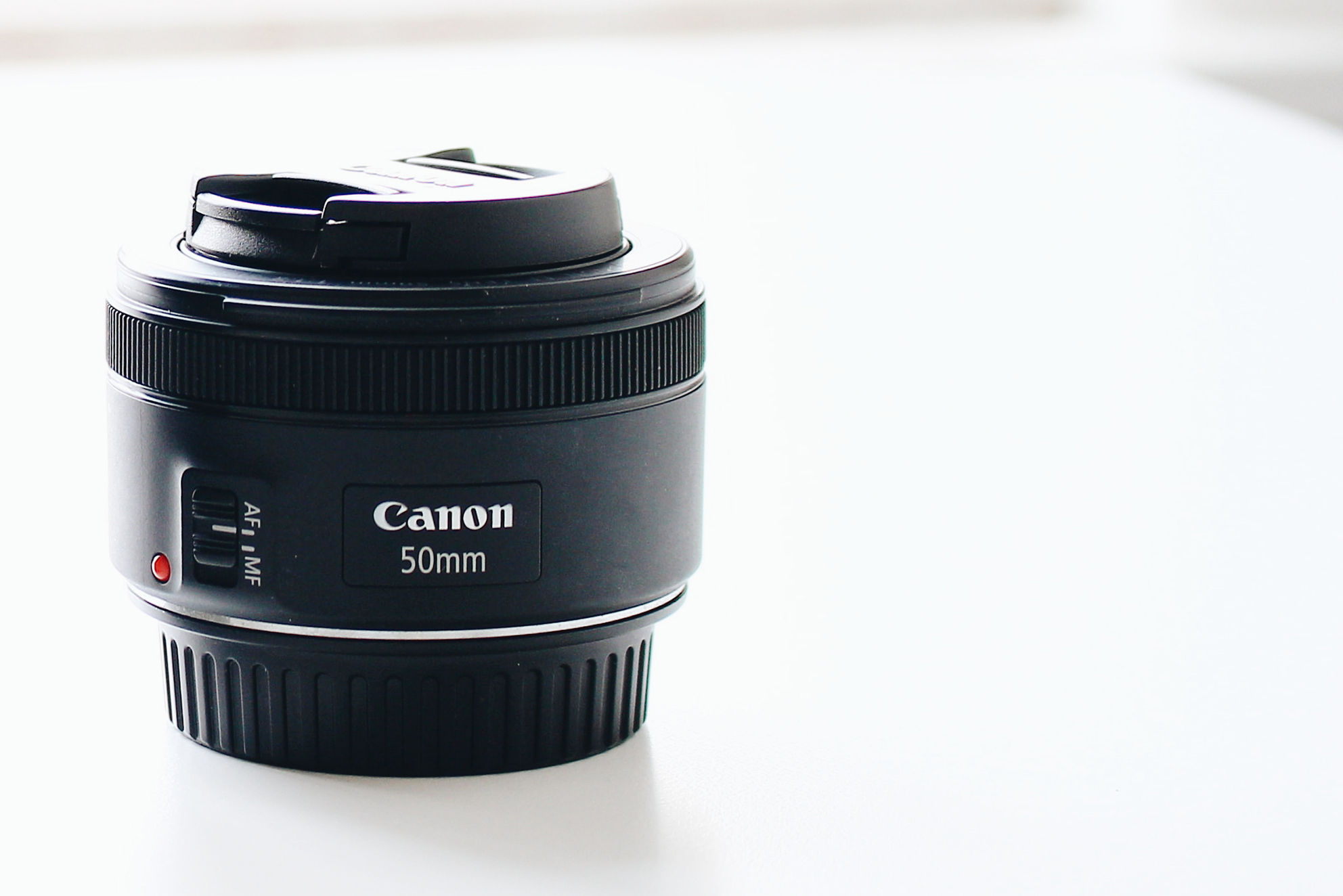
Portrait lens with a fixed focal length
Portrait lenses in most cases have a set focal length that excludes a distortion of the image, which is actually an advantage with other lenses, but it is not wanted here. Due to the fixed focal length, the image section can only be altered by adjusting the distance between the lens and the motif. The sharp area of the image is also regulated by the opening of the aperture. Due to their design, lenses with a fixed focal length typically have the advantage of larger f-numbers, which makes them faster lenses.
Such a lens is also usually cheaper, faster, and produces particularly sharp photographs. This means, for instance, that for a camera with a crop factor of 1.5 or 1.6, a 50 mm lens can be used as an “all-rounder” because it does not contain a photograph-specific distortion. Fixed focal length lenses of 80-85 mm are also popular in portrait photography. A fixed focal length of 70-105 mm is recommended for full-format cameras.
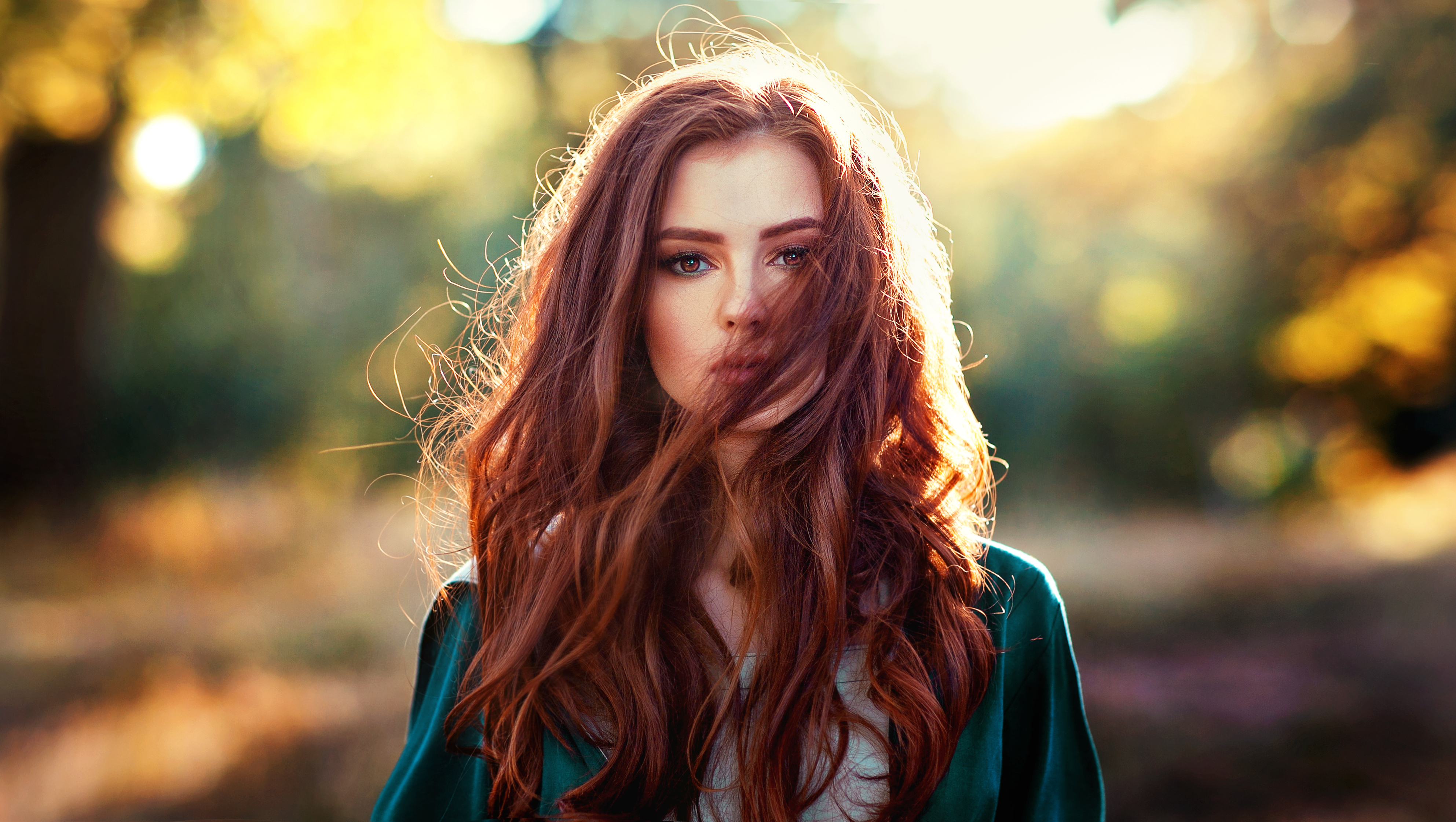
- Focal length: Between 50 and 105 mm
- Suitable for: Portrait photography
Pro: Photos are more brilliant and sharp.
Con: Very little flexibility in their use due to no zoom function.

Telephoto lens
The longer the focal length of a lens is, the larger the possible magnification of the object to be photographed. This is the exact purpose of a telephoto lens. Thanks to its high focal length and the limited depth of field, far-away objects, for example at sports events or in nature, can be photographed in good quality. This allows precisely defined photograph sections and a high image quality to be achieved even from a far distance.
- Focal length: 150 - 1300 mm
- Depth of field: Limited depth of field
- Suitable for: Sports photography, concert photography, nature photography, travel photography
Tip: A tripod or stand can be used to keep the image section still and will produce a sharp result.
Pro: Overcomes distances excellently to the motif to be photographed.
Con: Relatively cumbersome and heavy due to their size.
Summary
One lens is not like the other. Something that is the most normal thing in the world for both hobby photographers and professionals alike always seems to surprise those new to photography: lenses often cost more than the actual camera itself. It quickly becomes clear that each lens is for its own specific purpose. In order to take photos from farther away, the telephoto lens is the right piece of equipment. If the motif is close, on the other hand, a macro lens is to be recommended. If taking landscape photos is more your thing, going with a wide-angle lens is the best choice. If photographing people, a fixed-focal-length lens with a focal length between 50 and 105 mm, depending on the size of the camera sensor, can deliver brilliant results.
One last tip from Grit Hiersemann: “What I would recommend would be: definitely buy yourselves a bag for the camera. Time and time again I see people on the beach with the camera around their necks and not even a cover on the front of the lens and everyone can see the camera. The camera needs to be packed in the bag; the sensor can otherwise quickly become dirty and it is really expensive to have the sensor cleaned. You can save yourself this hassle by being careful with your equipment.”
